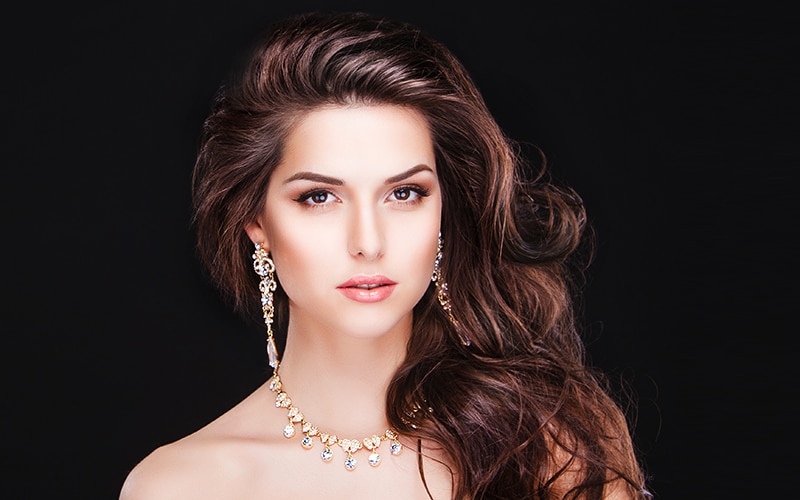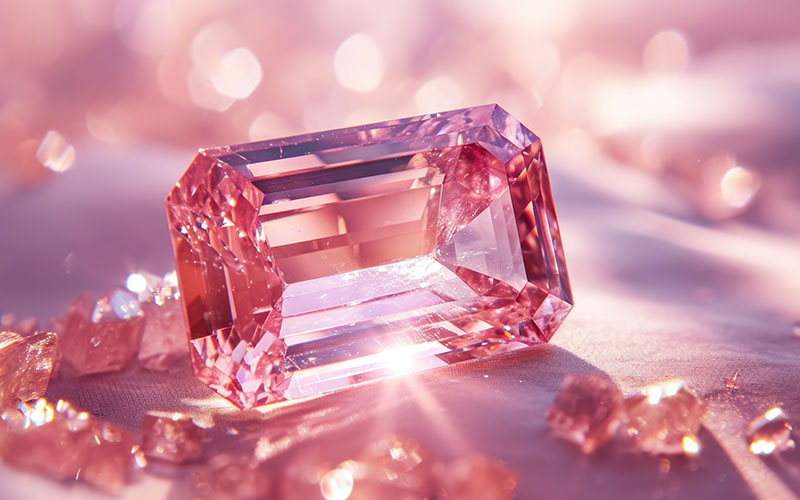How should diamond quality be defined?
Quality
qual·i·ty /ˈkwälədē/ noun / 1. the standard of something as measured against other things of a similar kind; the degree of greatness of something.
When measuring one diamond against another, what standard should be used to judge greatness?
Diamonds are priced according to the 4Cs, but a diamond’s sticker price doesn’t necessarily reflect its greatness. The main reasons people find diamonds great are aesthetic beauty and emotional symbolism.
Measuring Beauty
When measuring beauty, cut quality is a logical standard for greatness. The way a diamond is cut unarguably has the most influence on its aesthetic properties. By this definition, a diamond which dances and sparkles has more greatness than one which is dull and lifeless. And while this standard of greatness can be included in any measure of diamond quality, it’s only part of the equation.
Measuring Symbolism
Measuring symbolism is a different, difficult task. Most diamond owners are unlikely to accept the idea that the symbol of love and commitment they wear has less “greatness” than another diamond. And who are we to argue?
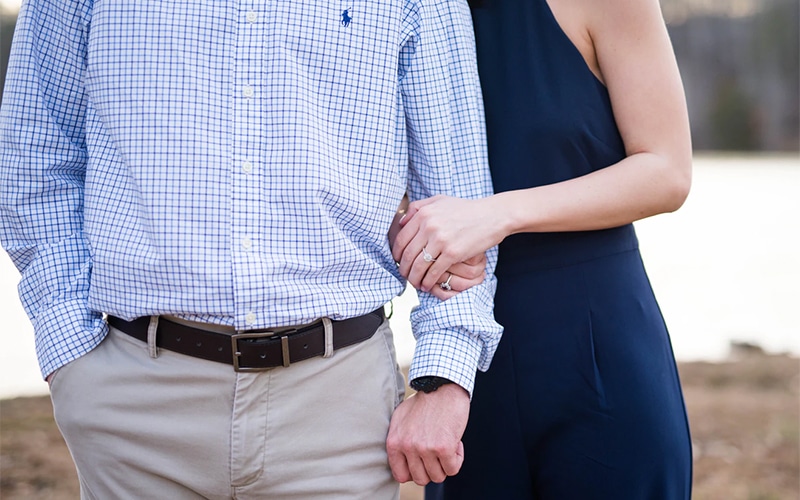
Rewind to Rough
Diamond miners define rough diamond quality. After extraction, crystals are classified as either “industrial quality” or “gem quality.” In this system the most opaque and included crystals are used as cutting tools, abrasives, etc., whereas clearer, cleaner crystals are elevated to “gem quality” and used in jewelry.
In the miners’ system, the more rare a diamond is the more greatness it has.
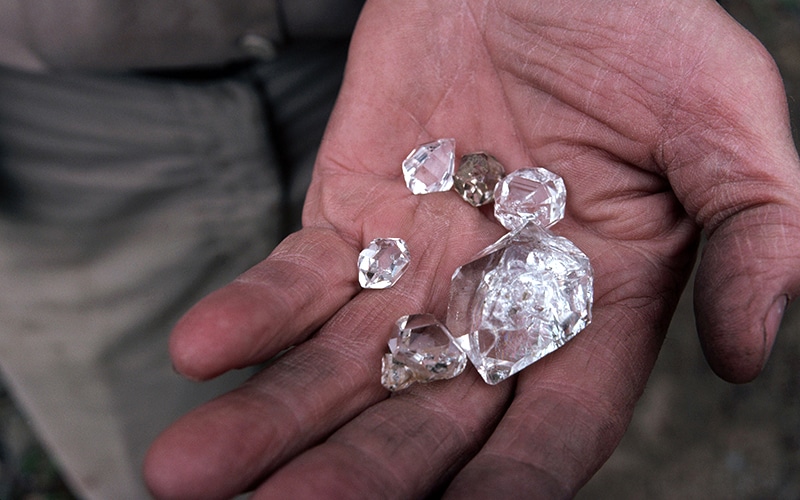
Luxury Definition
A number of jewelers, including prominent luxury brands, have taken their cue from the miners – partially extending this definition to polished diamonds. In the luxury system colorless diamonds are considered to have higher quality than near-colorless or slightly tinted diamond. Flawless diamonds are considered to have higher quality than those with natural characteristics within. There is one notable departure from the miner’s definition, however.
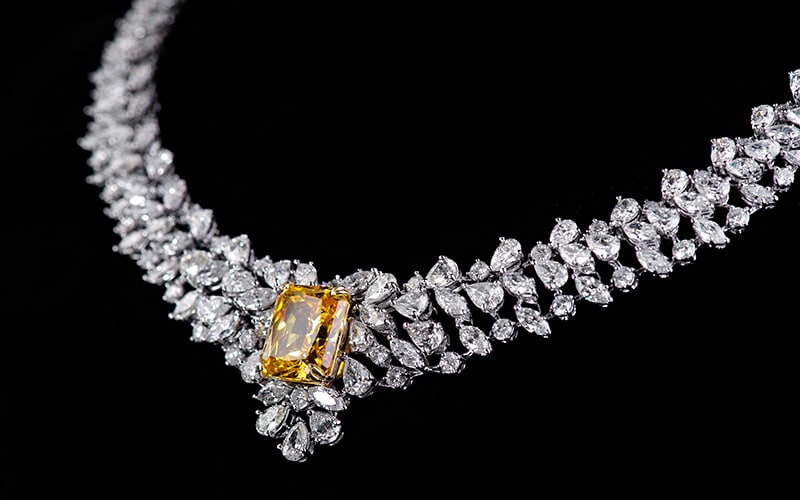
The Contradiction
On its face this definition seems to equate “quality” with “rarity,” but that’s not quite correct. In this belief system a 1.00 carat colorless, flawless diamond is considered to have higher quality than a 3.00 carat diamond with lower color and clarity, even though heavier diamonds are exponentially more rare. This contradiction isn’t a bad thing, however. It permits diamonds of the highest (perceived) luxury quality to be sold at any carat weight.
Collection Category Diamonds
A testament to the luxury belief system is the steady value of top color and clarity combinations. A well cut diamond combining one of the three top colors (D, E, F) with one of the three top clarities (FL/IF, VVS1, VVS2) is considered “collection quality.” Indeed, these diamonds have historically maintained and increased in value better than lower colors and clarities. This is especially true for auctionable diamonds of significant carat weights. Collection quality diamonds have special status in the eyes of many diamond professionals, collectors, enthusiasts, and auction houses.
Setting aside the chicken-egg argument, the enduring value of collection category diamonds serves to reinforce the luxury world’s definition of diamond quality.
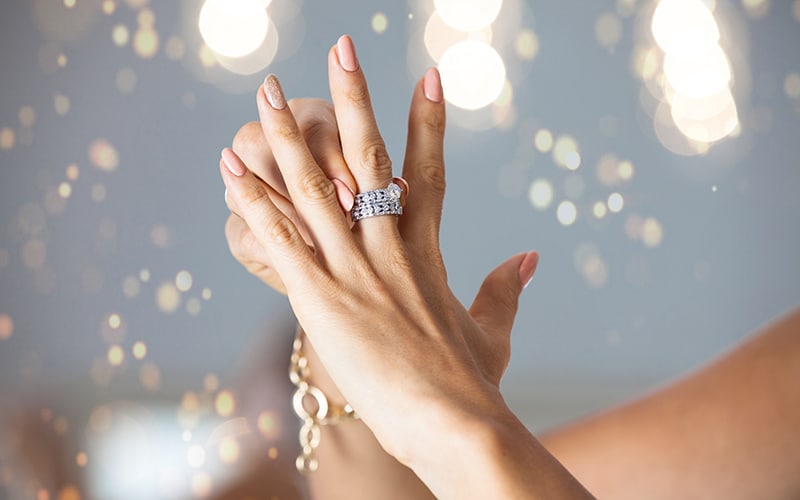
What do you think?
Nature provided each diamond with its color, clarity and rough carat weight billions of years ago. Tongue-in-cheek, if Nature were a Mother, would she agree that certain of her diamonds are greater than others, or would she love her children equally?
Quality
the standard of something as measured against other things of a similar kind; the degree of greatness of something.
Beauty? Symbolism? Rarity? Or something else? What standard do you use to judge a diamond’s greatness?

